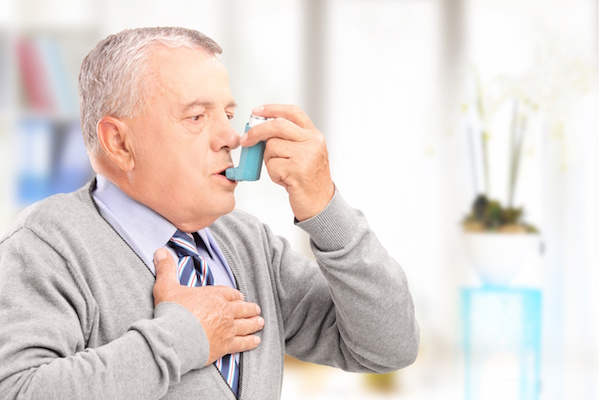
FRIDAY, Nov. 9 (HealthDay News) — Women’s respiratory symptoms — such as wheezing, coughing and shortness of breath — vary significantly during different stages of the menstrual cycle, a new study says.
The finding suggests that treatment for respiratory diseases such as asthma could be improved by individualizing it according to a woman’s menstrual cycle, the researchers said.
The study included nearly 4,000 women who completed questionnaires that asked them about their respiratory symptoms, asthma, body-mass index (a measure of body fat based on height and weight) and smoking status.
All the women reported higher levels of wheezing on menstrual cycle days 10 to 22, with a mild dip near the time of ovulation (days 14 to 16) in most women. On menstrual cycle days 7 to 21, shortness of breath was at its highest, with a dip just prior to mid-cycle in many women.
Levels of cough were higher just after ovulation among women with asthma, smokers and those who were overweight. Levels of cough were higher just prior to ovulation and menses in women with low rates of respiratory symptoms.
The study was published online Nov. 9 in the American Journal of Respiratory and Critical Care Medicine.
“Our finding that respiratory symptoms vary according to the stage of the menstrual cycle is novel, as is our finding that these patterns vary according to BMI and smoking status,” lead author Dr. Ferenc Macsali, of the Haukeland University Hospital in Bergen, Norway, said in a journal news release. “These relationships indicate a link between respiratory symptoms and hormonal changes through the menstrual cycle.”
“Our results point to the potential for individualizing therapy for respiratory diseases according to individual symptom patterns,” he concluded. “Adjusting asthma medication, for example, according to a woman’s menstrual cycle might improve its efficacy and help reduce disability and the costs of care.”
While the study found an apparent link between women’s menstrual cycles and levels of respiratory symptoms, it did not prove the existence of a cause-and-effect relationship.
More information
The U.S. National Heart, Lung, and Blood Institute has more about asthma.

